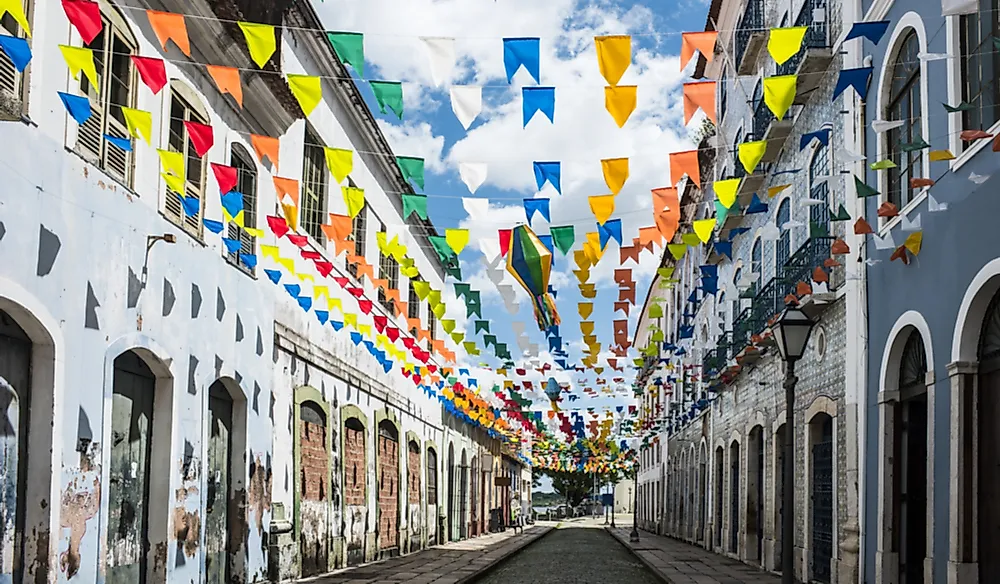São Luís - Capital Of The Maranhão State Of Brazil

Located in northeastern Brazil, Maranhão is the country’s eighth most extensive state, covering an area of approximately 331,983 km2. Maranhão has an estimated population of 6,714,314, ranking as Brazil's tenth most populous state. São Luís is Maranhão’s capital city.
Geography of Maranhão
Large parts of the state are heavily forested and have numerous rivers dissecting these forests. The landscape of the state varies considerably and contains numerous places of great ecological importance, such as the Parnaíba River delta and the dunes of Lençóis. The northern part of Maranhão also has a coastline along the Atlantic Ocean.
Capital of Maranhão
São Luís occupies an area of 827.141 km2 and has an average elevation of 4 m. São Luís is located on Upaon-açu Island, which is located between two estuarine systems that are the bays of São Marcos and São José on the right and left sides, respectively. These bays are extensions of the Atlantic Ocean. São Luís experiences a hot, semi-humid tropical climate.
Demographics of São Luís
São Luís has an estimated population of 1,094,667 and a population density of 1,183.4 persons per square kilometer. The city's population includes population groups with the following ancestry: European (42%), indigenous peoples (39%), and African (19%).
History of São Luís
The island on which São Luís is located was originally inhabited by the indigenous Tupinambá tribe. French colonialists were the first Europeans to settle on the island in 1612, and quickly established a fort named Saint-Louis de Maragnan. Although the French had ambitious goals for the new settlement, they were soon defeated by Portuguese colonialists, who occupied the island in 1615 and named the settlement São Luís. In the centuries that followed, São Luís experienced numerous invasions by foreign powers competing for control of the city due to its strategic location near the coast of mainland Brazil. The city's economy also grew during this time, and it became the capital of Maranhão. Today, São Luís features one of Latin America’s best-preserved examples of Portuguese colonial architecture.
Economy of São Luís
The economy of São Luís, as well as the rest of Maranhão, was one of the most prosperous in Brazil until the mid-19th century. In particular, cotton exports were historically the most profitable industry in the state. Cotton produced in the US states of Alabama and Georgia were imported to São Luís and then exported to the United Kingdom. During its peak, São Luís identified more with European capital cities than with Brazilian cities. However, following the United States Civil War, Maranhão lost much of its control of the cotton trade and its economy began to decline. However, the economy of São Luís began to recover in the 1960s and is currently based on industries such as aluminum processing, tourism, and food production. Several major ports are located near the city, such as Port of Ponta da Madeira, which is the world’s second deepest port. Iron ore and other industrial products produced in nearby regions are exported through these ports.











